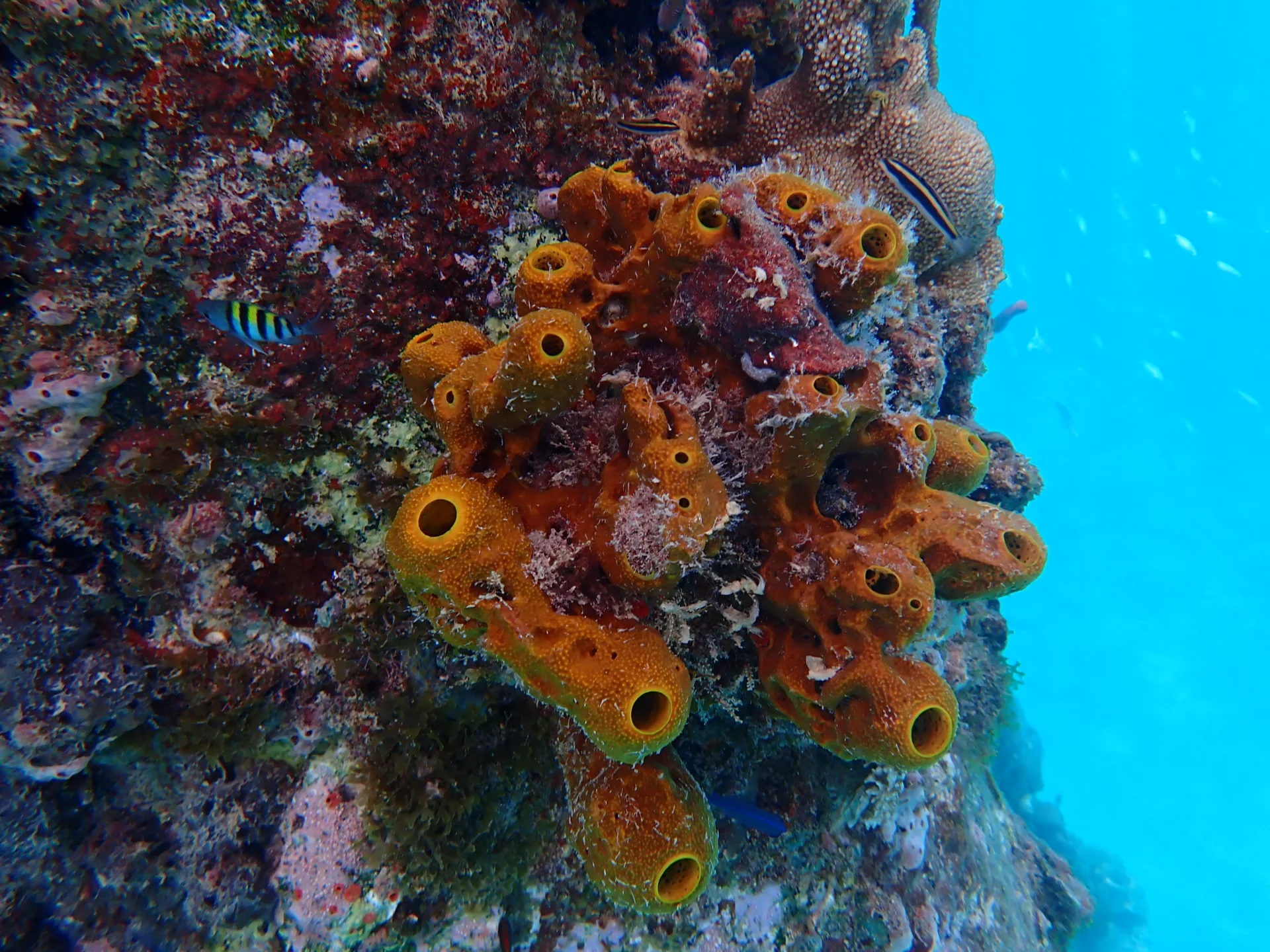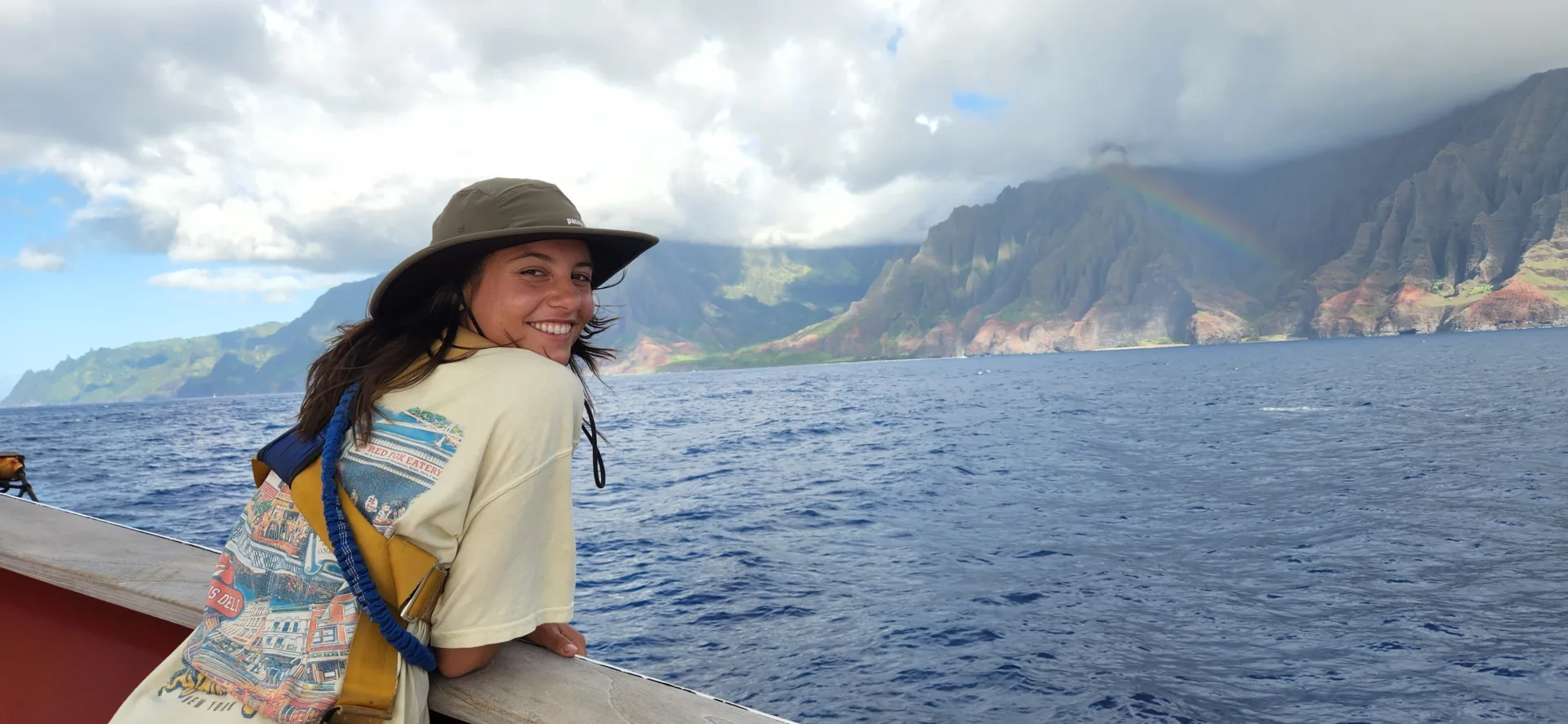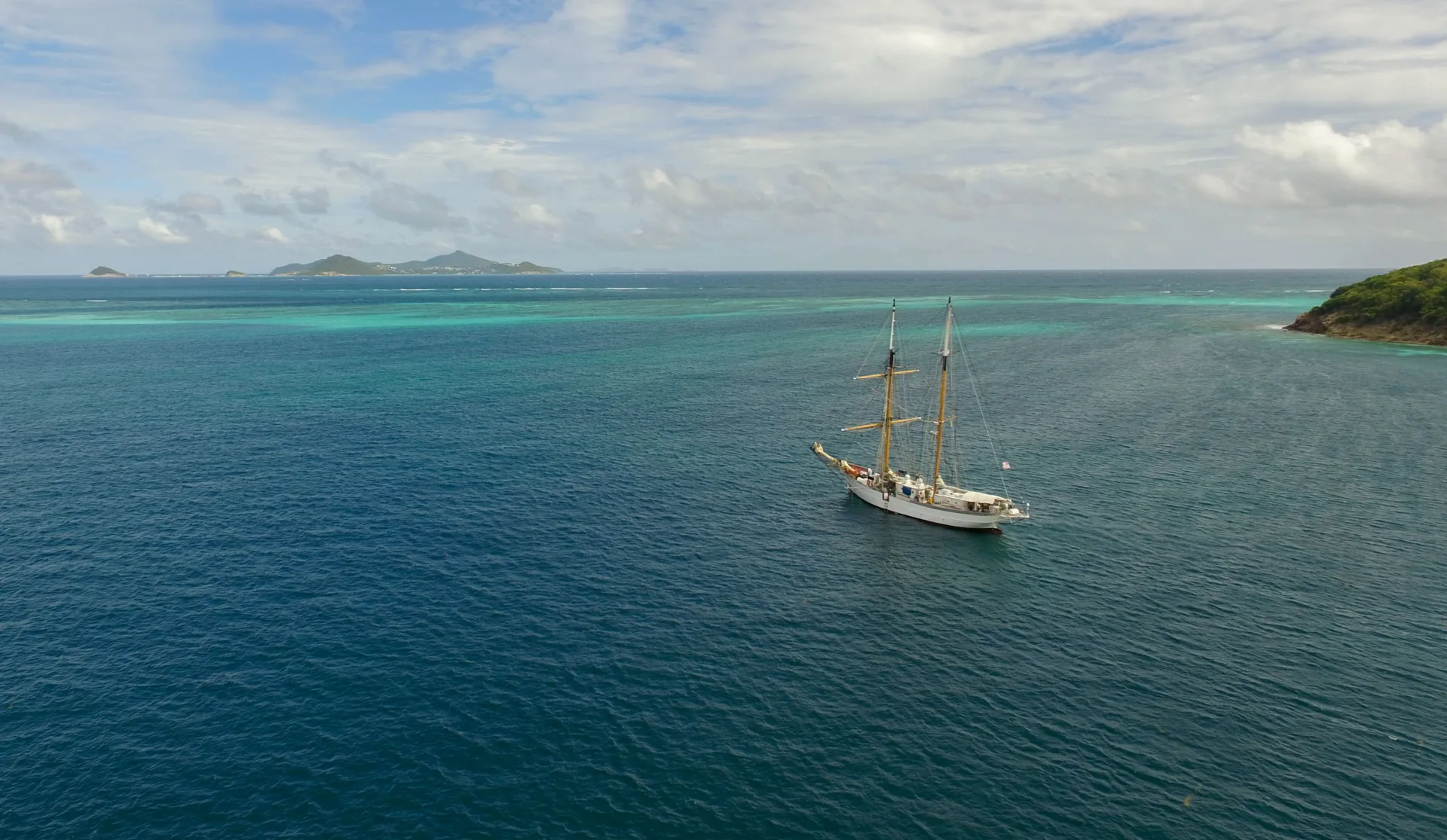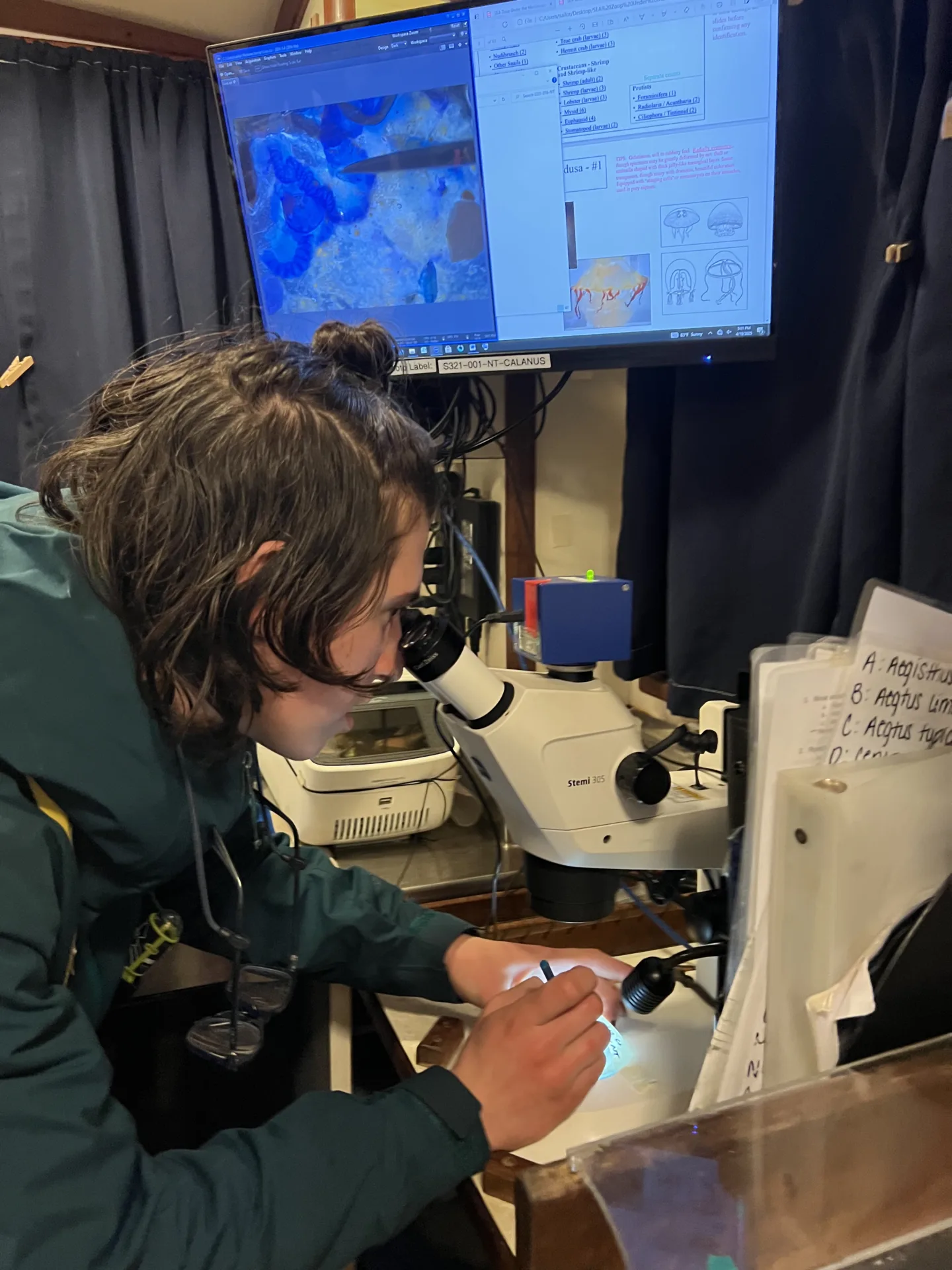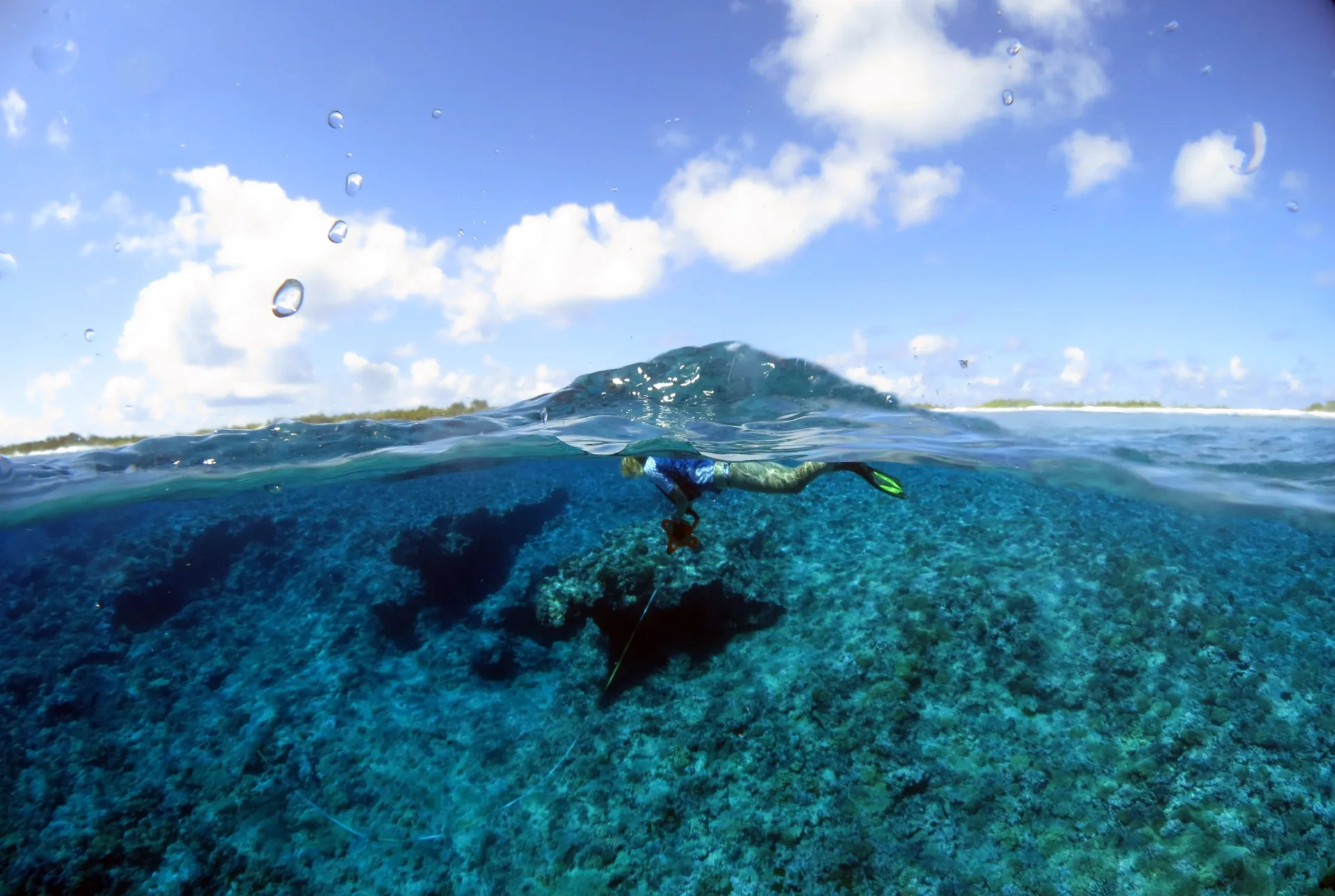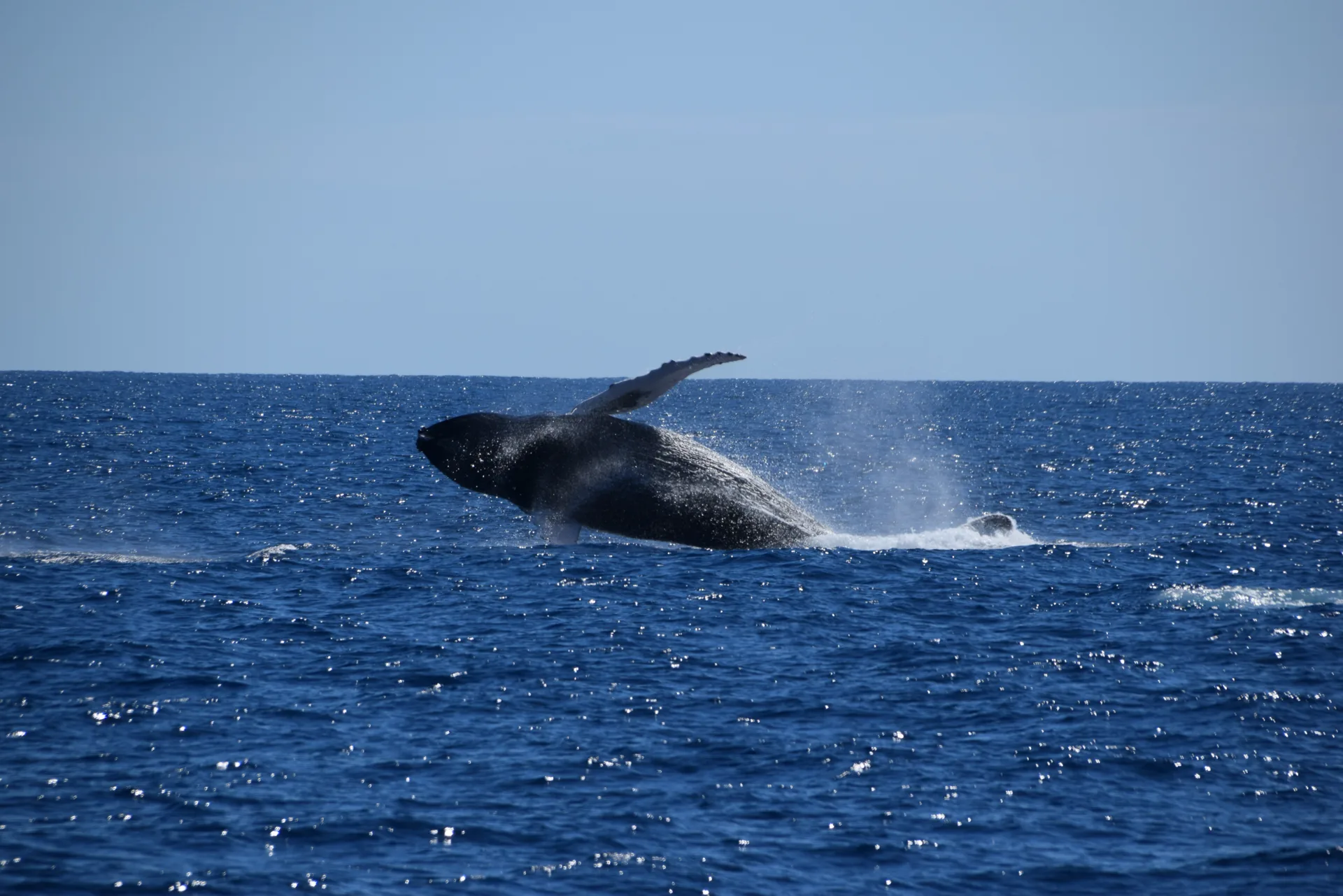Plastics & Biodiversity in the Sargasso Sea - Spring 2026
The Sargasso Sea is home to a diverse range of marine species and plays a critical role in the life cycle of numerous threatened and endangered species. The Sargassum mats found within this region serve as a floating ecosystem that provides shelter and food to juvenile sea turtles, fish, and migratory birds. Dr. Sylvia Earle once named this unique ecosystem as “the golden floating rainforest of the Atlantic.”
Using the same portable next generation sequencing platform employed on the International Space Station and in both the Arctic and Antarctic wilderness, students enrolled in SEA’s Plastics & Biodiversity in the Sargasso Sea program will learn how to use modern molecular tools to ask and answer ecological and conservation questions as they sail from the St. Croix to Woods Hole, MA.
Crossing this unique open ocean ecosystem students will collect zooplankton specimens from the Sargasso Sea ecosystem and conduct group research projects addressing plastic impacts and biodiversity. Students will examine how the Sargasso Sea is responding to plastic pollution and climate change and gain a better understanding of how such research informs conservation policy.
This program will support the work of the Sargasso Sea Commission by conducting research that directly informs their efforts to protect the Sargasso Sea.
The program ends in Woods Hole, MA with a two-week second shore component in preparation for a student-led symposium that will invite experts from the surrounding region. The symposium serves as a great networking opportunity for students.
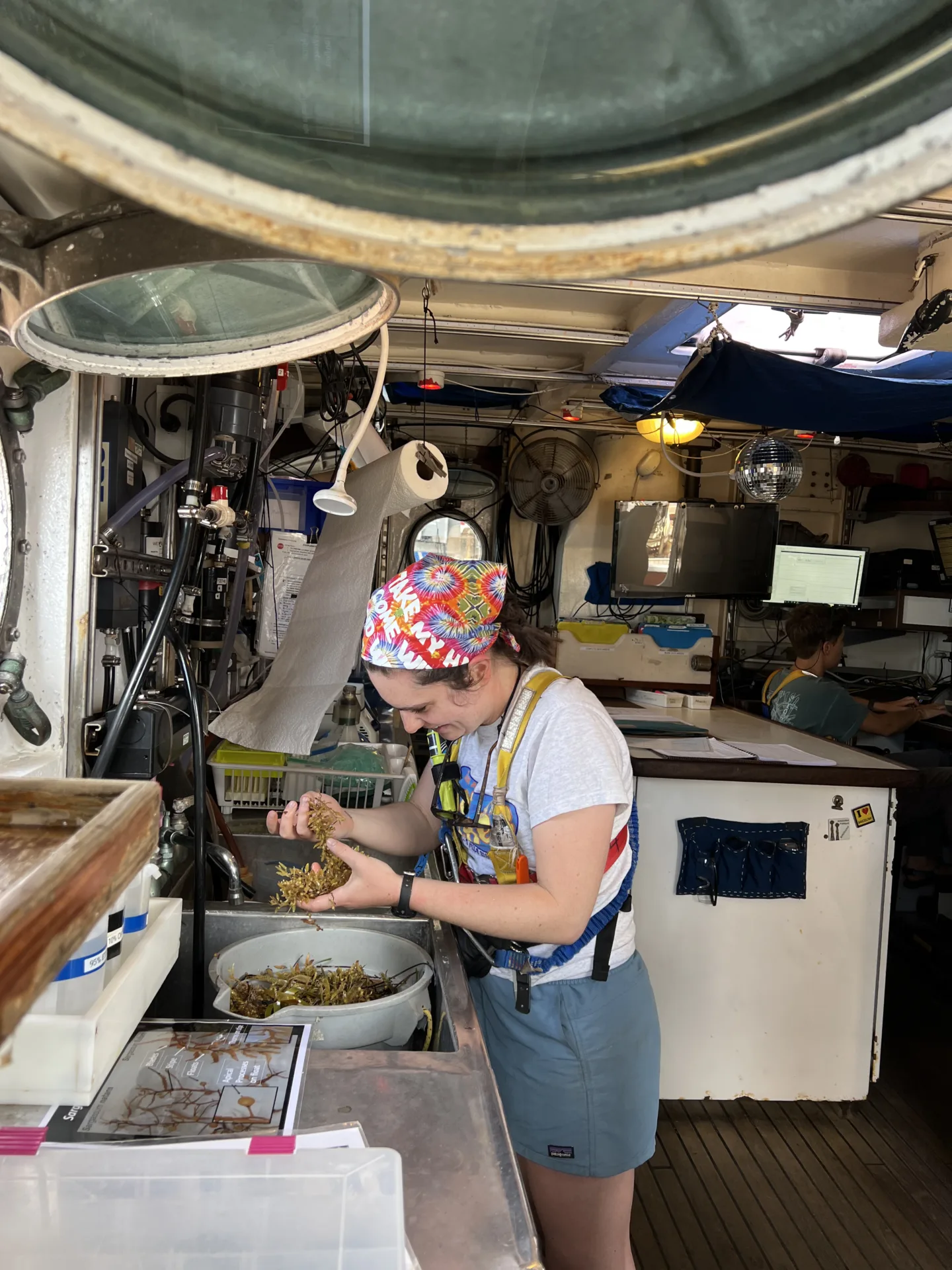
Learning Objectives
Locations
St. Croix, USVI to Woods Hole, MA
Port Stops
Bermuda
Remote Shore
Shore II: Woods Hole, MA
Academic Credit
Course Descriptions & Syllabi
This program carries 18 semester hour credits from University of Minnesota for successful completion of the program. Prerequisites are one introductory science course and one 200-level science lab.
Marine Environmental History300 level, 4 credits, CAS NS 323
Employ methods and sources of historians and social scientists. Examine the role of human societies in coastal and open ocean environmental change. Issues include resource conservation, overfishing, pollution, invasive species, and climate change.
Ocean Science and Public Policy300 level, 3 credits, CAS NS 320
Culture, history, political systems and science can shape ocean policy. Practice current strategies to build, analyze, and communicate about diverse policy issues. Examine the power, use and limitations of science and the scientist’s voice in determining ocean policy.
Advanced Topics in Biological Oceanography400 level, 4 credits, CAS NS 450
Two lab science courses (one at the 200-level or higher) or consent of instructor.
In-depth treatment of a single topic in biological oceanography. Extensive review of classical and contemporary literature. Introduction and practice of current laboratory techniques. Oral presentation and written research proposal required. Topics may include marine plankton ecology, marine biodiversity, and satellite oceanography.
Directed Oceanographic Research300 level, 4 credits, XAS NS 325
Two lab science courses (one at the 200-level or higher) or consent of instructor.
Design and conduct original oceanographic research. Collect data and analyze samples. Compile results in peer-reviewed manuscript format and share during oral or poster presentation session. Emphasis on development of research skills and written/oral communication abilities.
Leadership in a Dynamic Environment300 level, 3 credits, CAS NS 329
Be an effective leader while leveraging the individual strengths of a team. Use leadership theory and case studies to understand how decisions affect outcomes. Participate as an active member of a ship’s crew, progressively assuming full leadership roles.
